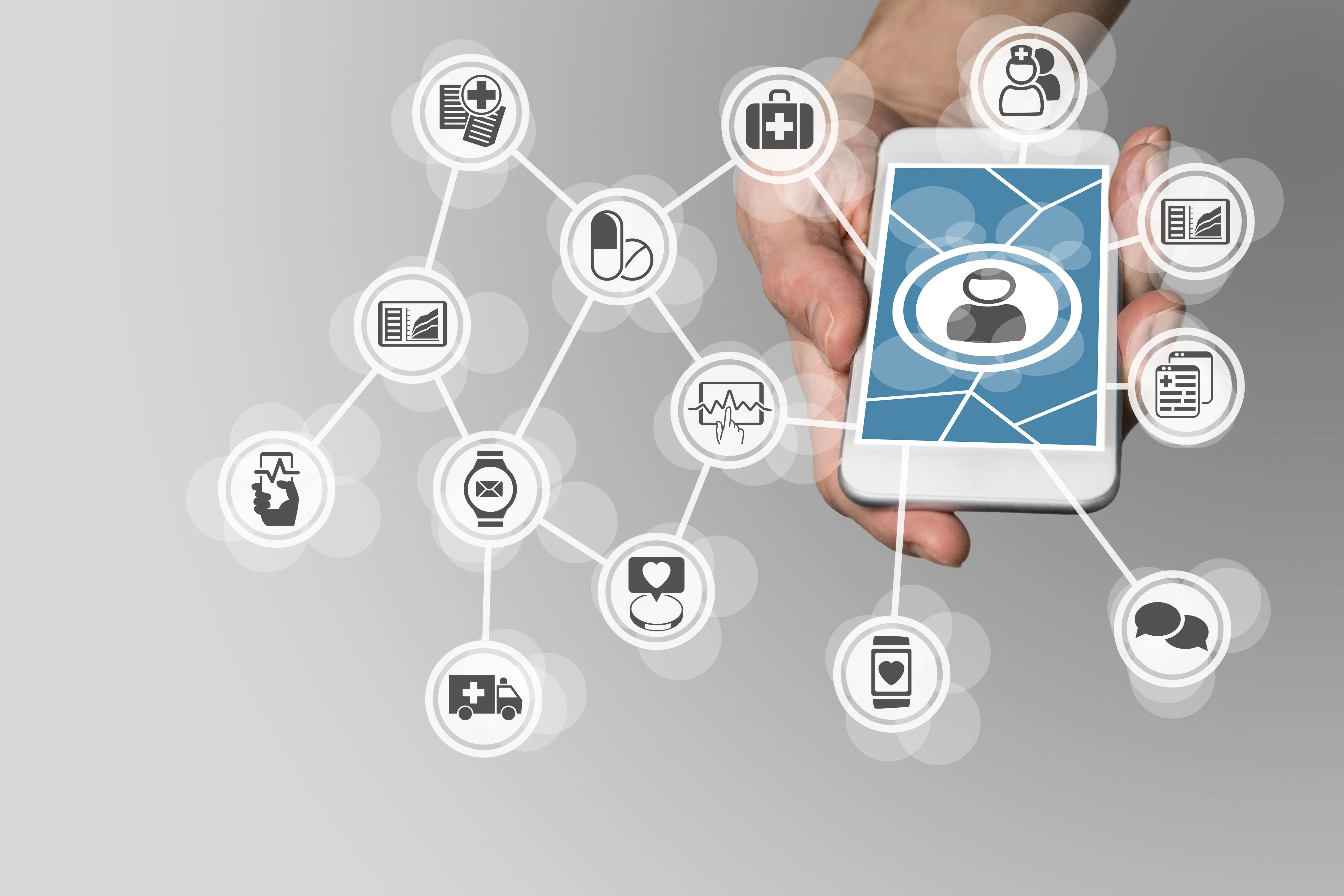Technology has changed the healthcare industry in many areas. These areas include marketing and customer management. As we move forward, it’s very likely that certain trends will expand and grow. Thus, impacting pharma and healthcare marketing and improving both sales and patient outcomes.
Here are five trends pharmaceutical companies should watch for and consider embracing in 2021:
1. Digital Patient Communication

For some years, drug stores have been making use of new technology to communicate with patients to notify about pickups, manage refills, etc. Patients are used to receiving automated phone calls and texts. However, current trends are starting to move further. Patients are beginning to have higher expectations from all healthcare providers for the kind of communication that lets them take control of their own health. Engaging with patients and building collaborative relationships can slowly build trust and help change corporate culture. Patient-centric approaches will help pharma move forward into a world where people expect to be better informed, educated, and more in control.
2 . Health Apps

Most patients use at least one health app. These apps are often provided by patient groups and only 32 percent of surveyed patients trusted apps produced by pharma companies. This is most likely because of the reputation pharma has for being greedy and uncaring, more concerned with profit than patients. Health apps to manage specific conditions can be developed in a partnership between multiple companies and support groups. Those apps can help companies gain better data about outcomes and compliance as well as providing patients with education and information. Furthermore, health apps can be gamified in ways which improve compliance, especially with complicated regimens or when dealing with children.
3 . The Internet of Things

Many companies are starting to use the Internet of Things (IoT) to manage the high levels of quality assurance needed for pharmaceutical manufacturing. For example, Pfizer is using RFID tagging to reduce counterfeiting. However, combining the IoT with education could significantly increase patient compliance and outcomes. Even non-connected smart devices are starting to help. For example, medicine bottles that tell their owner when they were last opened can be useful for patients with executive dysfunction or other problems that can affect working memory. Yet, this can go beyond that. For example, encouraging patients to wear fitness trackers can allow doctors and pharmacists to track sleep, diet, and even weather.
This will give companies large amounts of data about compliance and outcomes that can help future patients. Privacy concerns will have to be addressed – and some patients may refuse to comply with monitoring. At a more pharma-specific level, smart pills are likely to start to spread through the healthcare ecosystem in the near future. This will help with compliance and allow bio-data to be retrieved. One company is making smart spoons that are used by Parkinson’s patients to track the incidence of tremors.
4 . Big Data

Big Data sounds like a bad thing to some people, most companies will realize that they will be handling more and more data, all of which has to be analyzed and studied. That data can then be used to market both directly to patients, hospitals, and physicians. By knowing what kinds of patients most benefit from a specific product, marketing can be more finely targeted and avoid embarrassing problems. This kind of data allows existing treatments to be refined and improved as well as cross-referencing to clinical trials so new drugs can be brought to market more smoothly.
In fact, companies will be able to use detailed information to better establish which existing patients would be more likely to use and benefit from a new product.
All of this will improve both sales and outcomes. Needless to say, companies will also have to take steps to guarantee patient privacy and follow HIPAA regulations. In some ways, the law may limit the use of data, in order to protect patients. Also, a balance will have to be found between privacy and improved outcomes. Aggregate data needs to be separated from patient names and then analyzed in an objective manner. Another good use of data analysis is to gather the true incidence of rare side effects that need to be tracked to protect patients. Real World Evidence (RWE) is also impacting access to treatments by helping insurance companies and even charities know which treatments they should be covering and paying for.
Explore More Relevant Articles on P360
- How to use data analytics to boost pharma sales operations efficiency
- 4 Reasons Why the Pharma Industry should Adopt a Customer-Centric Approach
- Cloud computing Solutions & Benefits for Pharmaceutical Industry
- How Advanced Technology Transforms Pharma Sales Call Planning
- Learn about How & Why of Master Data Management in Pharma
5. CRM and Marketing Automation
Having this amount of data helps support Customer Relationship Management (CRM) software for pharmaceutical and healthcare companies. This allows for improved relationships with customers (whether direct or other healthcare professionals) and will improve sales. CRM solutions can integrate with electronic medical records, health apps, and data gathered from large numbers of existing patients to give the impression of a patient-centric approach. As pharma becomes more digital, companies will find CRM goes from being a perk to being essential to their business. CRM solutions need to be specifically designed for pharmaceutical companies, rather than off-the-shelf software.
Improving the use of existing patient, research, and clinical trial data and integrating them into one system will allow for the seamless handling of everything connected to a case. Ideally, this will use automated systems, freeing marketing professionals to make important decisions and all but invisible to patients and their doctors. The pharmaceutical industry is changing, and digital pharma is becoming the new norm. These major trends will move us even further from the monolithic past into a more agile and patient-focused future. To manage these trends, pharma companies need the right software to handle their big data needs and CRM solutions designed specifically for them.
They also need to communicate digitally with patients, doctors, hospitals, and other pharmaceutical companies in order to provide the best outcome to patients while sustaining their bottom line.



